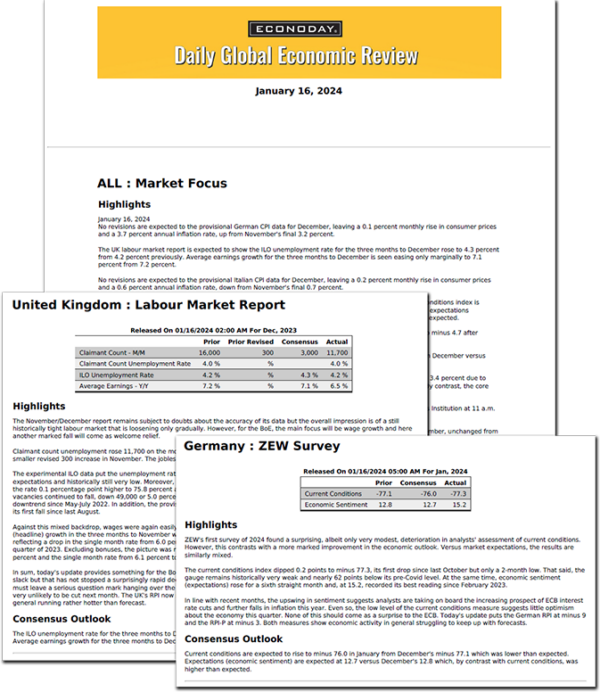A quick roll call of FOMC voters suggests that before the communications blackout period began, the need for further rate hikes to ensure that inflation comes back to the 2 percent target was essentially unanimous. Most were cautious about the inflation data displaying sufficient disinflation. There is a solidly hawkish tone from the public remarks that has set the market expectation for another 25 basis point increase after the July 25-26 deliberations.
However, it should also be noted that Fed policymakers remain data dependent and are concerned about financial conditions tightening and weighing on growth for reasons that aren’t rate hikes. Moreover, it should not be forgotten that whatever is said in advance of the meeting, there’s a long and in-depth discussion around the FOMC table. There’s no promise that a hawkish stance two weeks ago will guarantee a vote for a rate hike. There’s room for a surprise at this meeting. The FOMC could extend the pause at least until the September 19-20 deliberations if a review of the data points to some of those “long and variable lags” in the transmission of monetary policy starting to show up and needing a bit more time to fully manifest.
A pause would by no means eliminate more rate hikes this year, nor would a rate hike now mean there will be another later. The FOMC will remain on a meeting-by-meeting basis in determining the next steps in monetary policy. The balancing act is to keep the US economy in expansion – however meager – while bringing down inflation through higher interest rates. The necessity for yet more restrictive monetary policy is going to be a case that will have to be carefully made at a time when the labor market is coming back into balance, disinflation is moving in the right direction, and inflation expectations are anchored.
The Board of Governors:
Jerome Powell (Chair): Even though Powell – who speaks for the FOMC as a whole – will continue to be clear that more rate hikes are possible, he has also said that he and the FOMC will be guided by the economic data. The data available in advance of the meeting show continued easing in inflation pressures, although less so at the core. Inflation expectations for the medium term remain a little elevated, but anchored. The job market numbers remain solid and consistent with labor supply and demand coming back into balance. However, there are plenty of uncertainties on the near horizon for inflation.
Michael Barr (Vice Chair Supervision) – Barr has recently said that inflation is “still far too high” which suggests he would not be averse to hiking rates again.
Lisa Cook (Governor) – At Cook’s hearing for another term as Fed governor, she emphasized that her approach to monetary policy is “data-driven”. She said, “I am committed to promoting sustained economic growth in a context of low and stable inflation.”
Christopher Waller (Governor) – Waller is another governor willing to raise rates again. He has said, “I do not support stopping rate hikes unless we get clear evidence that inflation is moving down toward our 2 percent objective.” The most recent CPI and PPI numbers may be enough for him to decide the FOMC can wait until the September 19-20 meeting before another hike might be necessary.
Michelle Bowman (Governor for Community Banks) – Bowman has said that more rate hikes are needed to cool inflation.
Philip Jefferson (Governor, nominee for Vice Chair) – At his nomination hearing for Vice Chair, Jefferson said, “inflation has started to abate, and I remain focused on returning it to our 2 percent target.”
Voting Presidents:
John Williams (FOMC Vice Chair, New York) – In a recent interview with the Financial Times, Williams was leaning hawkish on another rate hike. He anticipated below trend growth for the second half of 2023, but no recession.
Patrick Harker (Philadelphia) – Harker has said that “recent readings show that disinflation is proceeding slowly – which is disappointing, to say the least.” He remains “data-dependent”.
Austan Goolsbee (Chicago) – Goolsbee thinks more rate hikes are likely, but a recession can be avoided.
Neel Kashkari (Minneapolis) – Kashkari has said that if inflation is more persistent than forecast, “policy rates might need to go higher.”
Lorie Logan (Dallas) – Logan has indicated that more rate hikes are needed. She recently said, “I remain very concerned about whether inflation will return to target in a sustainable and timely way. And I think more-restrictive monetary policy will be needed to achieve the Federal Open Market Committee’s (FOMC’s) goals of stable prices and maximum employment.”




